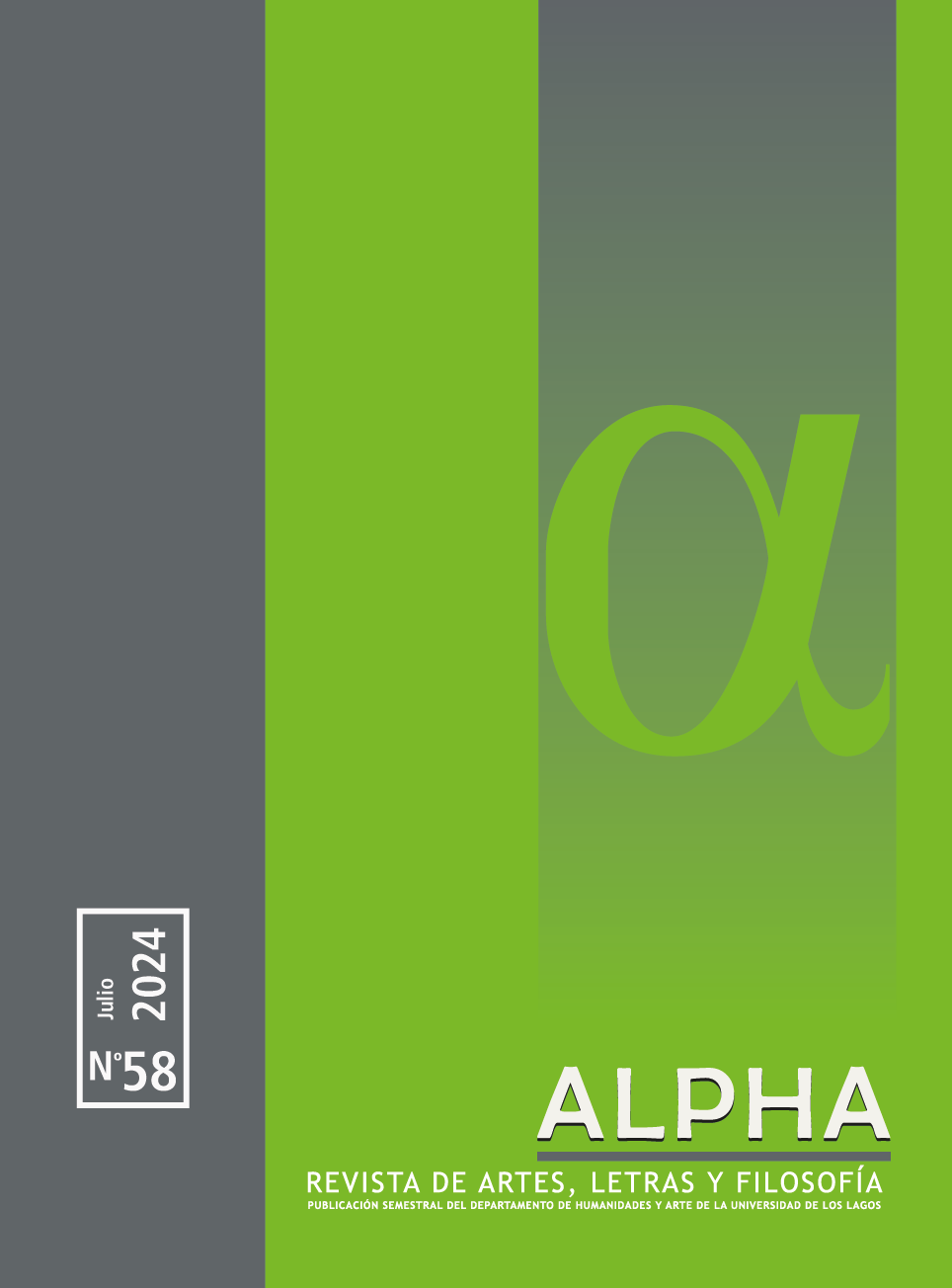Approaching transcultural aesthetic practices from a viewpoint of European tradition
Main Article Content
Abstract
This article studies the aesthetic dimension of so-called artistic practices, which were not conceived within the classical European canons of “Art”. We focus on the disciplinary problem generated by separating aesthetic practices –that is, all those sensitive manifestations– of non-European cultures from those that do belong to the academic or institutional canons of European tradition; the former belonging to the field of anthropology and archaeology and the latter to art and aesthetics. We argue that these epistemological divisions are based in part on the civilizational prejudices that gained strength with social evolutionism and that divided the “civilized” from the “primitive” as separate categories, relegating the latter mainly to the realm of scientific study. However, this paper highlights those strands of thought that, from the humanities of European tradition, can be interwoven with the agencies and meanings that lie behind transcultural aesthetic practices.
Article Details
Downloads

This work is licensed under a Creative Commons Attribution-NonCommercial 4.0 International License.
